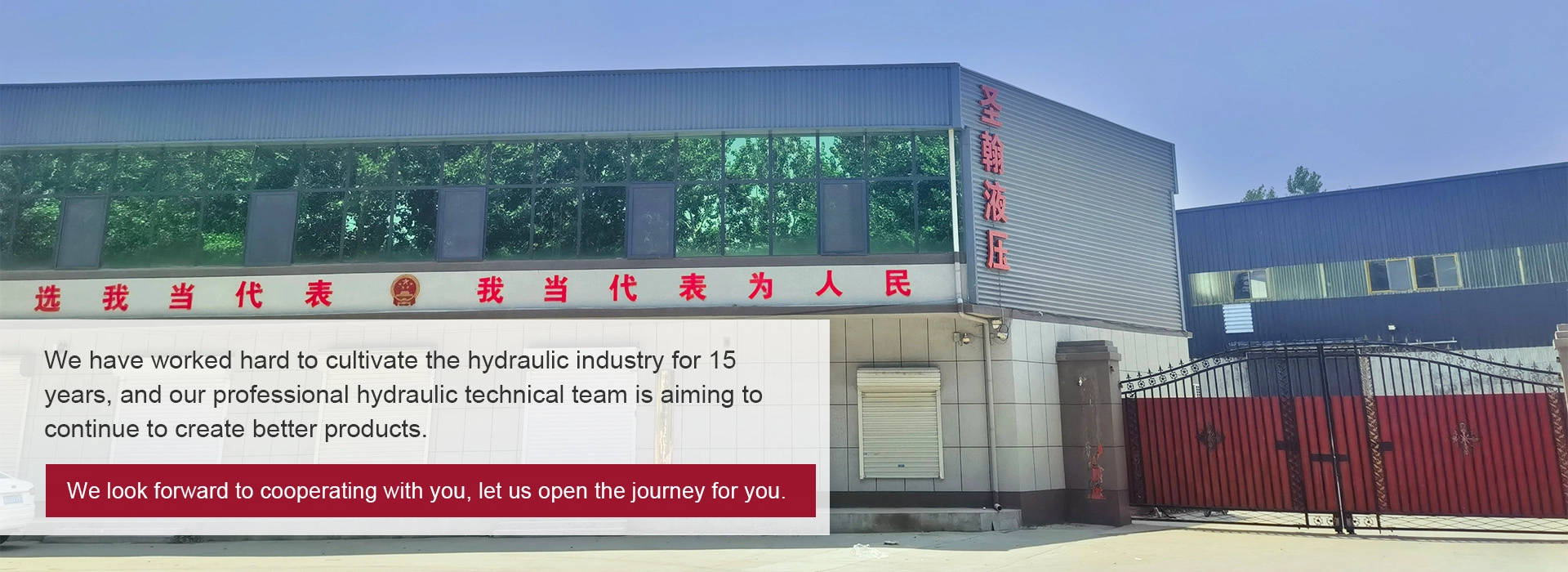Dec . 09, 2024 22:41 Back to list
Hydraulic Cylinder Power and Performance for Optimal Machinery Efficiency and Reliability
Understanding the Force of a Hydraulic Cylinder A Key Aspect for Engineers and Technicians
Hydraulic cylinders are essential components in various machinery and industrial applications. They convert hydraulic energy into mechanical force, playing a crucial role in lifting, driving, and moving heavy loads efficiently. Understanding the force generated by hydraulic cylinders is fundamental for engineers and technicians. This article explores the mechanics behind hydraulic force and its applications in different industries.
Principles of Hydraulic Force
The primary operating principle of a hydraulic cylinder lies in Pascal’s Law, which states that when pressure is applied to a confined fluid, it is transmitted undiminished in all directions. The equation that governs the force output of a hydraulic cylinder is relatively straightforward
\[ F = P \times A \]
Where - \( F \) is the force exerted by the cylinder (in pounds or Newtons), - \( P \) is the pressure of the hydraulic fluid (in psi or pascals), - \( A \) is the cross-sectional area of the cylinder's piston (in square inches or square meters)
.The force produced by a hydraulic cylinder can be significantly influenced by the pressure of the hydraulic fluid and the size of the piston. For instance, doubling the diameter of a cylinder will increase the cross-sectional area dramatically, thus enhancing the force output without needing to increase the hydraulic fluid pressure.
force of a hydraulic cylinder company

Applications of Hydraulic Cylinders
Hydraulic cylinders are widely utilized across various sectors such as construction, manufacturing, automotive, and aerospace. In construction, they are integral to equipment like excavators and cranes, where they provide the necessary force to lift heavy materials. In manufacturing, hydraulic presses are used to shape metal and plastic components, showcasing the cylinders' versatility.
In the automotive industry, hydraulic systems power brakes and steering, enhancing safety and control for vehicles. The aerospace sector also relies on hydraulic systems for landing gear operations and flight control mechanisms, where precise force application is critical for performance and safety.
Factors Influencing Cylinder Performance
While the basic calculation of force seems straightforward, several factors can influence the performance of hydraulic cylinders. These include - Fluid Dynamics The viscosity of the hydraulic fluid can affect how quickly and effectively force is applied. Thicker fluids may lead to slower operation, impacting overall efficiency. - Cylinder Design Different designs offer distinct advantages. Single-acting cylinders ensure movement in one direction, while double-acting cylinders provide force in both directions, thus improving functionality. - Leakage and Maintenance Ensuring that the hydraulic system is well-maintained is vital for optimal performance. Any leaks can significantly reduce the force generated by the cylinder, leading to inefficiencies and potential damage to equipment.
Conclusion
In summary, the force exerted by hydraulic cylinders is a critical element that engineers and technicians must understand to optimize machinery and ensure safety and reliability. By applying Pascal’s Law and considering the various factors that influence performance, professionals can design and maintain hydraulic systems that meet specific operational requirements. The versatile applications of hydraulic cylinders across diverse industries highlight their importance in modern engineering, making them indispensable tools in achieving efficient, effective mechanical force. As technology advances, the role of hydraulic cylinders will likely continue to expand, further cementing their significance in industrial applications.
-
Fork Lift Power Units - Hebei Shenghan | Efficiency, Reliability
NewsJul.13,2025
-
1.5-Ton Turbocharged Cylinder-Hebei Shenghan|Hydraulic Solution,Energy Efficiency
NewsJul.13,2025
-
Auto Hoist Power Units-Hebei Shenghan|Efficiency&Industrial Lifting
NewsJul.13,2025
-
Double Acting Power Units-Hebei Shenghan|Hydraulic Solutions,Industrial Efficiency
NewsJul.13,2025
-
1.5 Ton Lifting Cylinder 70/82-40-290-535 - High-Performance Hydraulic Solution | Hebei Shenghan
NewsJul.13,2025
-
Fork Lift Power Units - Hebei Shenghan | Efficiency&Reliability
NewsJul.13,2025
